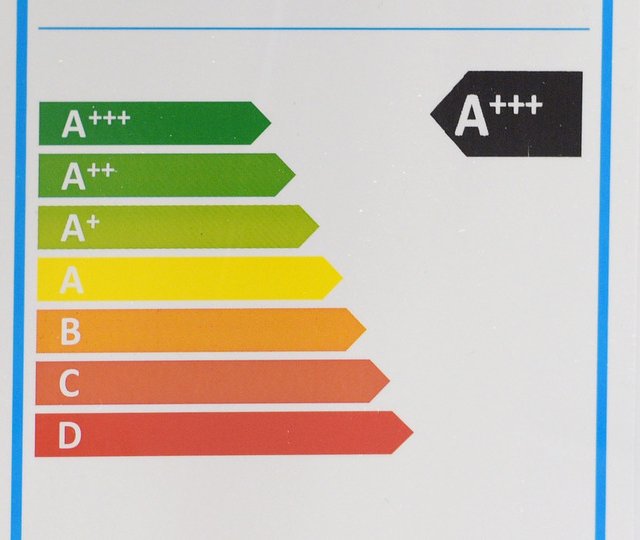Carbon Dioxide Removal
BackgroundThe EU has committed to reaching climate neutrality by 2050 in order to secure a liveable future on our continent and our planet. The first and most urgent priority is the reduction of EU greenhouse gas (GHG) emissions, but at the same time the EU needs to compensate for residual emissions that cannot be eliminated – by removing carbon from the atmosphere to decrease the...
Read More






